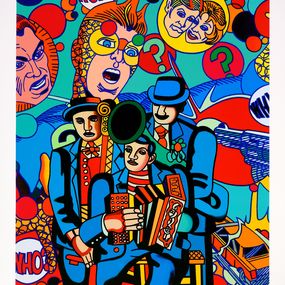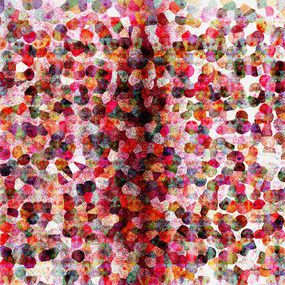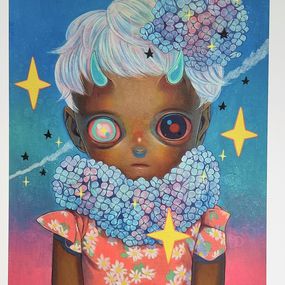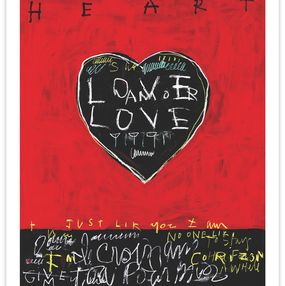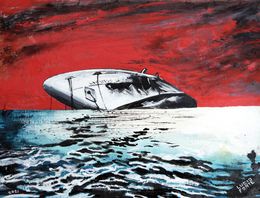
Digital Print for Sale
Digitalization has completely transformed the way we live. Art has not gone untouched and has also been revolutionised by the latest wave of digital development. Digital art has been a genre of its own since the 1970s and it includes numerous works produced using digital technology (television screens, computers, virtual reality...).
The way we sell and promote art has been turned on its head. Today, young artists can share their work with large numbers of people in just one click. They no longer need to be established in the art world or secure their first exhibition to promote their art. Young painters, sculptors or engravers can share their creative process online with internet users and let them comment on the end result.
The Chinese artist Ai Wei Wei for example is very present on social media networks and uses his blog as a highly effective platform. A strong opponent of the Chinese government, digital technology has given him a strong voice in a country with strict censorship rules.
Other than its impact on the way we share art, digital technology has fundamentally changed the finished product. 2D and 3D technologies have been left behind in favour of the latest constantly evolving digital developments, that have in turn brought about new interactive and intelligent installations. Some of the first artists to pioneer the use of digital technology in their work include Erkki Kurenniemi, David Rokeby and Laurent Mignonneau.
They have led the way for new groups of artists who have continued to grow and redefine the possibilities for art today. Installations from the movement are now exhibited in some of the world's most prestigious contemporary and modern art museums (the Tate in London, the Palais de Tokyo in Paris), which demonstrates the strength and durability of digital art.
In 2018, several Parisian exhibitions transformed the way we admire artwork. The interdisciplinary cooperative teamLab specialises in immersive installations which go beyond art, science and technology. As visitors move between the artworks, the projections change based on the information captured by sensors dotted across the room. The Atelier des Lumières also has a different kind of experience to offer its visitors; giant versions of Klimt's masterpieces projected onto the walls and spread across the entire space...
In a similar way to all creative support types, printing has also drastically changed over time. Printing techniques have continued to develop throughout history thanks to technological progress and new art movements, but digital printing has without doubt revolutionised the genre. Digital printing is a production technique that allows artists to print images directly from digital data. As with all sectors, digitalisation has sped everything up. Artists can create more quickly and print larger series of their works to share with even more people. The supports used for prints are incredibly varied and their size is somewhat irrelevant. Patrick Bérubé for example is particularly fond of printing large scale works.
What's more, digital printing means that artists can create, edit and manipulate images on computers and then print them out to create a physical artwork. Don't miss out on Artsper's selection of works by famous artists, inlcuding Mel Ramos, Damien Hirst and Miss Tic.
Save your search and find it in your favorites
Save your search to find it quickly
Saved search
Your search is accessible from the favorites tab > My favorite searches
Unsaved search
A problem occurred

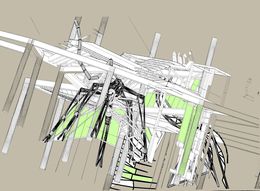
Sci-Fi Library (Artist Proof Edition 5)
Lucio Forte
Print - 30 x 40 x 0.1 cm Print - 11.8 x 15.7 x 0 inch
CHF 87

Energy Self-sufficient House A22
Lucio Forte
Print - 28 x 36 x 0.1 cm Print - 11 x 14.2 x 0 inch
CHF 98



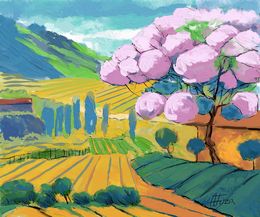


Depuis longtemps nous marchons
Marc Laffolay
Print - 42 x 59.4 x 0.5 cm Print - 16.5 x 23.4 x 0.2 inch
CHF 440
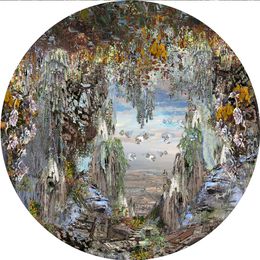



Marie de Nazareth dans sa Cuisine après L'Annonciation
Evelyne Huet
Print - 120 x 90 x 2 cm Print - 47.2 x 35.4 x 0.8 inch
CHF 6,352
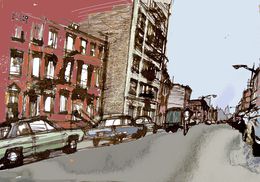
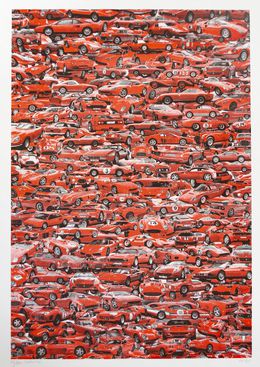

Energy Self-sufficient House 5 b
Lucio Forte
Print - 30 x 30 x 0.1 cm Print - 11.8 x 11.8 x 0 inch
CHF 96
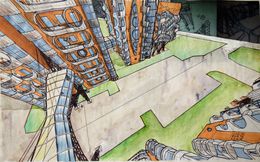



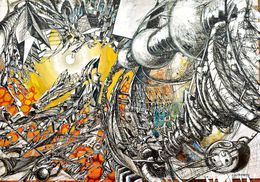


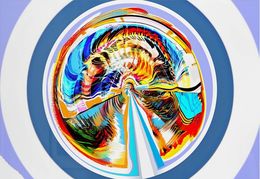
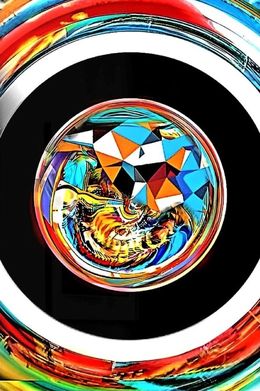



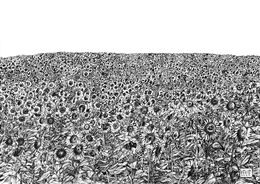


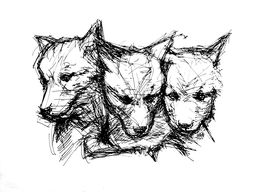
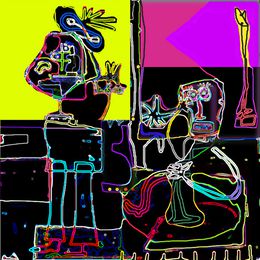


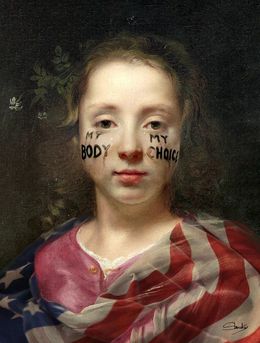
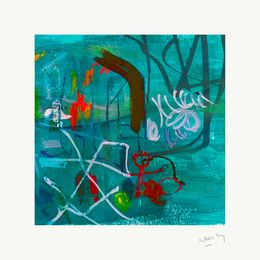


Dans Leurs Forêts les Arbres Dansaient
Evelyne Huet
Print - 130 x 98 x 2 cm Print - 51.2 x 38.6 x 0.8 inch
CHF 8,795

Parfums de révolte installation
Yves Hayat
Print - 20 x 15 x 6 cm Print - 7.9 x 5.9 x 2.4 inch
CHF 9,283
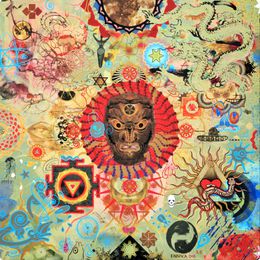
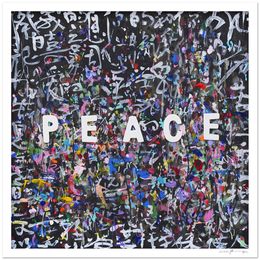

La prière bleue - Giclée print on canvas, Digital on canvas
Xiaoyang Galas
Print - 50 x 50 x 3.8 cm Print - 19.7 x 19.7 x 1.5 inch
CHF 452
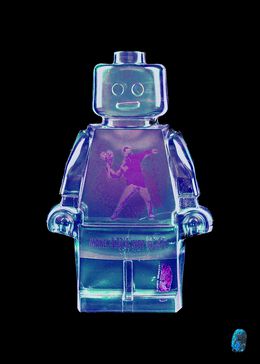


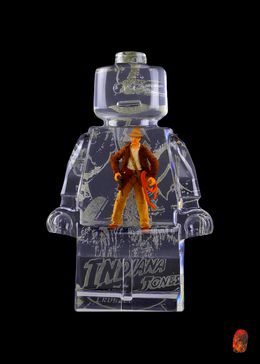

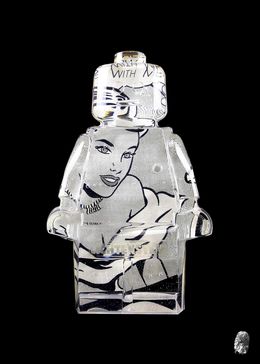






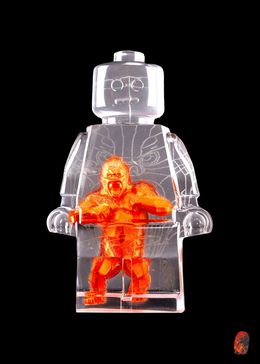

En un patio de Berlín
Renato Manzoni
Print - 65 x 80 x 1 cm Print - 25.6 x 31.5 x 0.4 inch
CHF 4,300



Paseo bajo los nenufares
Renato Manzoni
Print - 80 x 60 x 3 cm Print - 31.5 x 23.6 x 1.2 inch
CHF 4,397
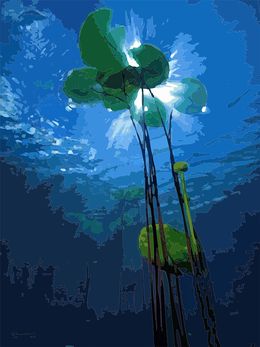

Paleo-Logia- Homenaje a De Chirico
Renato Manzoni
Print - 70 x 90 x 5 cm Print - 27.6 x 35.4 x 2 inch
CHF 4,886

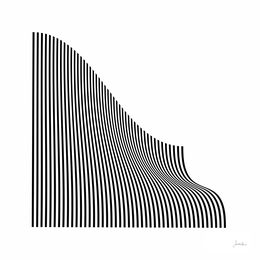
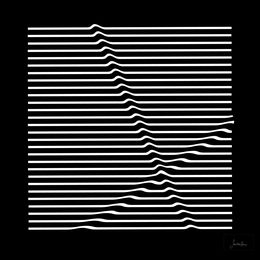
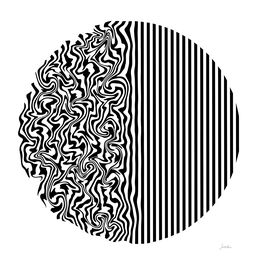
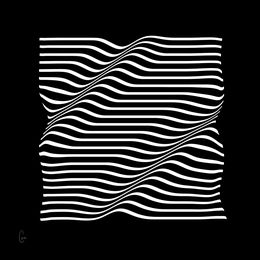

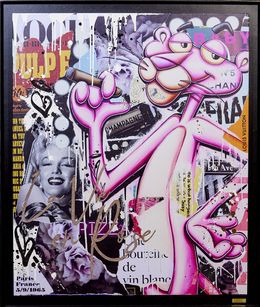
La Vie en Rose
Raphael van der Haegen
Print - 120 x 100 x 2 cm Print - 47.2 x 39.4 x 0.8 inch
CHF 3,371

Make it happen Richie
Raphael van der Haegen
Print - 100 x 100 x 2 cm Print - 39.4 x 39.4 x 0.8 inch
CHF 3,176





Kalipo-Miami Passage
Jens-Christian Wittig
Print - 134.6 x 99.1 x 2.5 cm Print - 53 x 39 x 1 inch
CHF 6,960
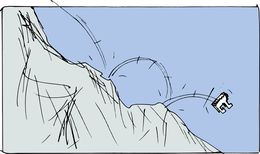


La fille au ballon Street art
Brain Roy
Print - 50 x 37 x 1 cm Print - 19.7 x 14.6 x 0.4 inch
CHF 484

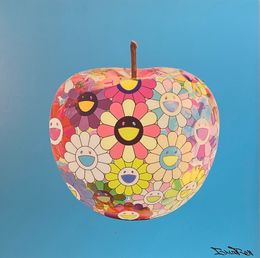

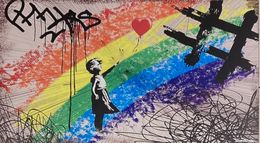
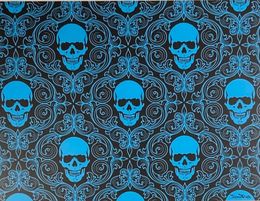

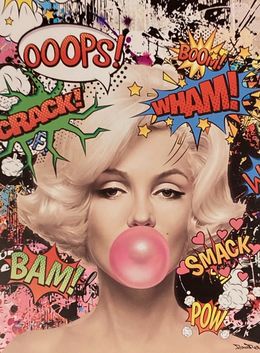
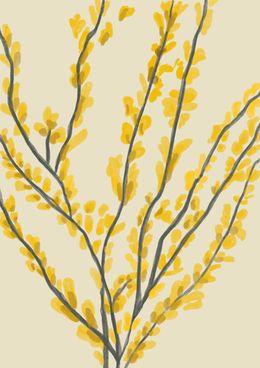
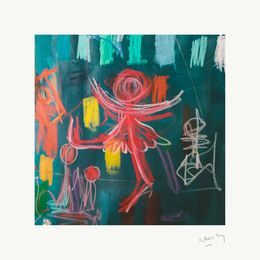

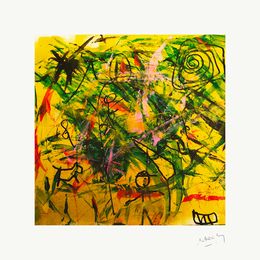
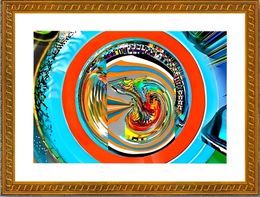
Orphic #2, Digital on Paper
Paul Manwaring
Print - 58.4 x 83.8 x 0.3 cm Print - 23 x 33 x 0.1 inch
CHF 189

Orphic #1, Digital on Paper
Paul Manwaring
Print - 58.4 x 83.8 x 0.3 cm Print - 23 x 33 x 0.1 inch
CHF 189

Reflected Pool, Digital on Paper
Paul Manwaring
Print - 58.4 x 83.8 x 0.3 cm Print - 23 x 33 x 0.1 inch
CHF 189

Ocean Mirror - Limited Edition Giclee, Digital on Paper
Paul Manwaring
Print - 58.4 x 83.8 x 0.3 cm Print - 23 x 33 x 0.1 inch
CHF 189
Discover the styles & movements
Discover the selection of our experts
A digital print is a print that has been produced using digital methods rather than using one of the traditional manual methods. Digital prints can be produced on a variety of surfaces and textiles.
Some of the advantages of digital printing over offset or manual printing are increased print quality, low costs and low volume of materials, and shortened production time.
DTG in printing stands for "direct to garment". This is a process of printing on textiles where specialized technology is used to print directly onto the garment.

